Who am I?
If you’re like me, writing about yourself does not come easily: How to mine your experience, interests and influences to create a vocabulary that powers your personal brand.
I admit it – I am a closet introvert. In the office, no one would know. I can extol the features of custom software, write emails about brand definition present to executives. But writing or talking about myself feels uncomfortable. The words I need are never at the top of my head and I struggle to feel authentic.
I’m envious of people who can easily demonstrate their personal value in words. I knew my acquaintances, employers, and clients needed more. I deserved more!
At the business incubator eCompanies, where I worked with my colleagues to define a practice in naming and branding, we would guide startup founders and early-hire executives with an exercise that would help shape the fledgling companies. I realized the problem is the same, and I could adapt the exercise to shape and create my own brand vocabulary.
This process is fun, insightful, and can take place over a day, a week or a month. Let’s get started!
Start in an easy place
Take a stack of index cards and begin by writing what comes easily to mind - roles you’ve held and titles, technologies, tasks, one per card. There are no wrong moves here - keep moving forward. If you think of a better choice write that fresh idea down instead of editing an old card. Write until your memory yields nothing new.
It’s useful to put the deck aside and give the exercise some downtime at any point. New ideas will come to mind when you’re not sitting in front of a blank card.
What do you love doing?
Move on to the things you love. Hobbies, lifelong pursuits, things you collect, connections you make. People are multi-dimensional, we don’t just do work!
There’s no need to organize them at this stage, just keep making cards.
Go deeper
What do people rely on you for? What do clients or colleagues remember about you? How do you do your work? Who inspires you? Keep writing cards.
Are you finished?
Keep writing cards until you believe you can’t add anymore. You can always add additional cards at any time.
Find the natural groups
You were probably thinking about how some cards were related as you wrote them - it’s time to begin grouping cards together into themes.
Mix up the cards and find a large enough surface to lay them out. Start by placing one card on the surface. As you do this, think about what the card means to you.
Pull the next card and either make a physical connection to cards already on the surface, or place it by itself in a new location. Keep working through the deck one by one.
A card might make you rethink a group that is forming. Freely break down groups and realign connections.
Step back for a bit - do the groups feel ‘right’? There may be single cards with no group - this is expected. Not everything is connected.
Keep placing cards until the deck is finished.
Define the groups with labels
Define each group with a label. Either promote an existing card to serve this purpose or create a new one. Write these down on new cards and place them with each group.
Create the network
So far, we’ve been concentrating on these cards from multiple perspectives and they should feel familiar. Now we will use the groups to create a holistic network of capabilities, experience and influences centered around you.
Write your name on a blank card in the center. Place each group radiating out from this central card, one card at a time. Express relationships between cards within each group.
It’s fine to move entire groups around, because you will see connections between groups that you may not have noticed before. I moved ‘Manage’ and ‘Leadership’ together because there are many connecting points.
Take a picture
Once you feel satisfied by the network you’ve created, take a picture of the result. You have a comprehensive ‘cheat sheet’ about who you are that you can refer to when writing your resume, sharpening your elevator pitch, or working on your marketing.
I know I can easily talk with confidence about…
Innovation
Brand Development
Generating Ideas
Business Process Improvement
Storytelling
Themed Experiences
Style
Application Design
Product Definition
Managing
Leadership
Investment Management
My hobbies, things I love, and influences
The network serves as a great starting point - refer to the cheat sheet when you begin writing or updating your resume. Craft your elevator pitch from these concepts. Focus your social media on them. Use the network as a way to be sure your communications always speak comprehensively about what you can do.


